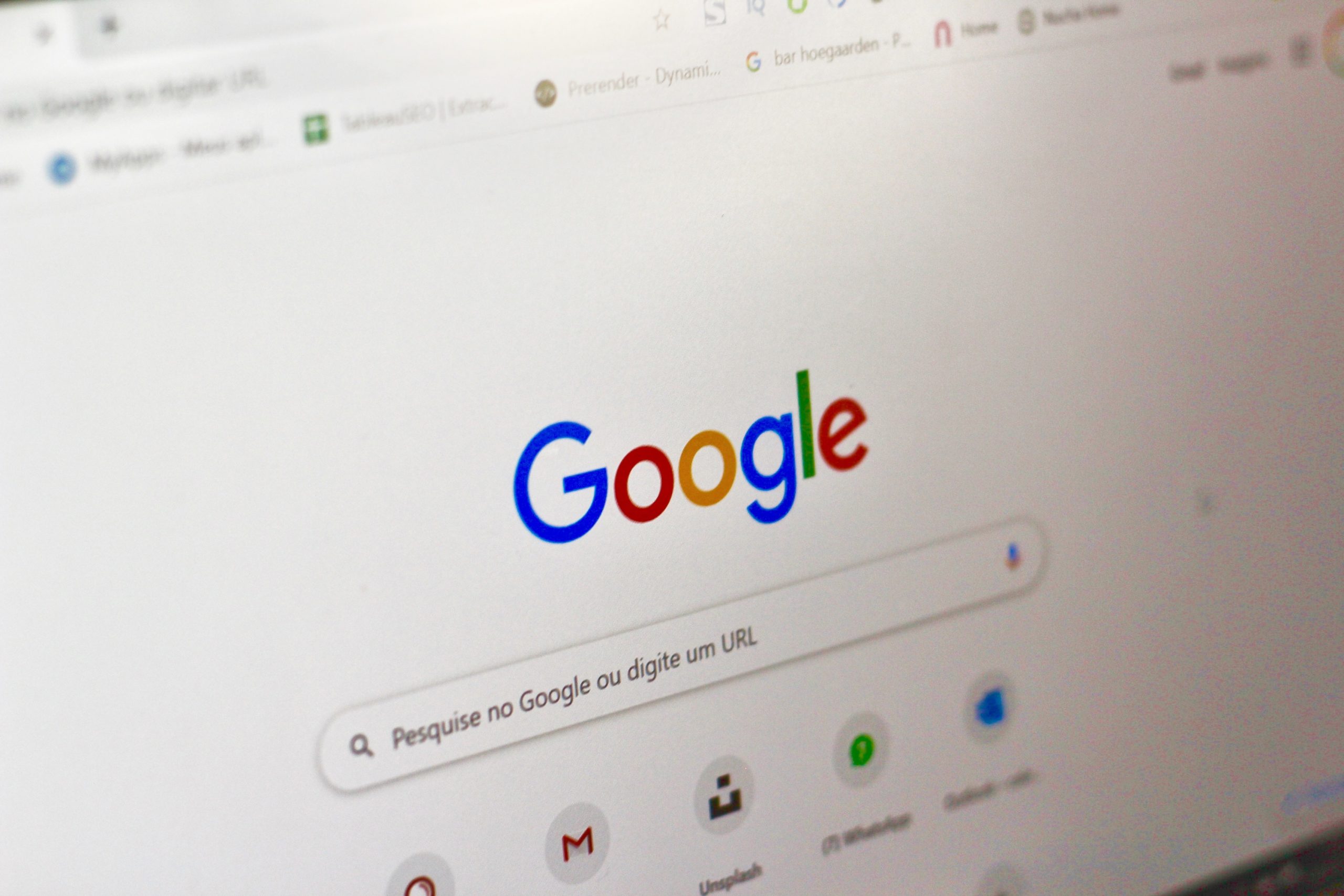In an era where technology continually blurs the lines between reality and digital manipulation, Google’s latest innovation in smartphone photography has sparked a significant debate. The introduction of AI-powered tools in the new Pixel 8 and Pixel 8 Pro, which allow users to alter facial expressions and remove unwanted elements from photos, raises profound questions about the authenticity and ethics of digital imagery.
The AI Revolution in Smartphone Photography
Google’s new smartphones, the Pixel 8 and Pixel 8 Pro, represent a leap forward in the integration of artificial intelligence in photography. These devices offer features like ‘Best Take’, which uses machine learning to swap facial expressions from different photos, and ‘Magic Editor’, which can erase, move, and resize elements in a photo, filling in the gaps with AI-generated textures. This technology, as reported by BBC News, is not just limited to new captures but can be applied to any image in the user’s Google Photos library.
The Ethical Implications
The capabilities of these tools have led to a mix of awe and concern among tech commentators and professionals. Publications like The Verge and Tech Radar have described these features as “icky” and “creepy,” respectively. Andrew Pearsall, a professional photographer and senior lecturer in Journalism at the University of South Wales, echoes these sentiments, warning of the dangers of AI manipulation, especially in professional contexts. He emphasizes the thin line between aesthetic enhancement and creating a “fake world.”
Google’s Stance on Ethical Considerations
In response to these concerns, Isaac Reynolds, who leads the camera systems development at Google, insists that features like Best Take are not about ‘faking’ but rather creating a ‘representation of a moment’. This stance is supported by Professor Rafal Mantiuk, an expert in graphics and displays at the University of Cambridge, who argues that the primary goal of AI in smartphones is not to capture reality but to produce aesthetically pleasing images.
The Precedent of Photographic Manipulation
It’s crucial to recognize that manipulation in photography is not a novel concept. Since the inception of the art form, photographers have employed various techniques to enhance or alter images. However, the ease and sophistication brought by AI technology are unprecedented. Earlier this year, Samsung faced criticism for its deep learning algorithms that enhanced Moon photos, regardless of the original image’s quality, as highlighted in a BBC report. This incident underscores the growing concern over the authenticity of AI-enhanced images.
The Future of AI in Photography
As we navigate this new landscape, the ethical considerations of AI in photography become increasingly complex. Google has taken steps to address these concerns by adding metadata to photos that use AI, flagging any digital alterations. However, the debate over the use of AI in image manipulation is nuanced and ongoing.
The Human Perspective
Amidst this debate, it’s essential to consider the human aspect. Our perception of reality is itself a reconstruction by our brains, inferring and filling in missing information. In this context, the ‘fakery’ attributed to cameras is not far removed from the natural processes of the human mind.
Conclusion
The advent of AI in smartphone photography, exemplified by Google’s latest Pixel phones, represents a significant milestone in digital imaging. While these advancements offer exciting possibilities in enhancing photographic aesthetics, they also bring to the fore critical ethical considerations about the nature of reality and authenticity in the digital age. As technology continues to evolve, it is imperative that we engage in ongoing discussions about the ethical use of AI in photography, balancing the pursuit of aesthetic perfection with the integrity of capturing reality.

 Home3 years ago
Home3 years ago
 Medical3 years ago
Medical3 years ago
 Gadgets3 years ago
Gadgets3 years ago
 Environment3 years ago
Environment3 years ago
 Medical3 years ago
Medical3 years ago
 Energy3 years ago
Energy3 years ago














